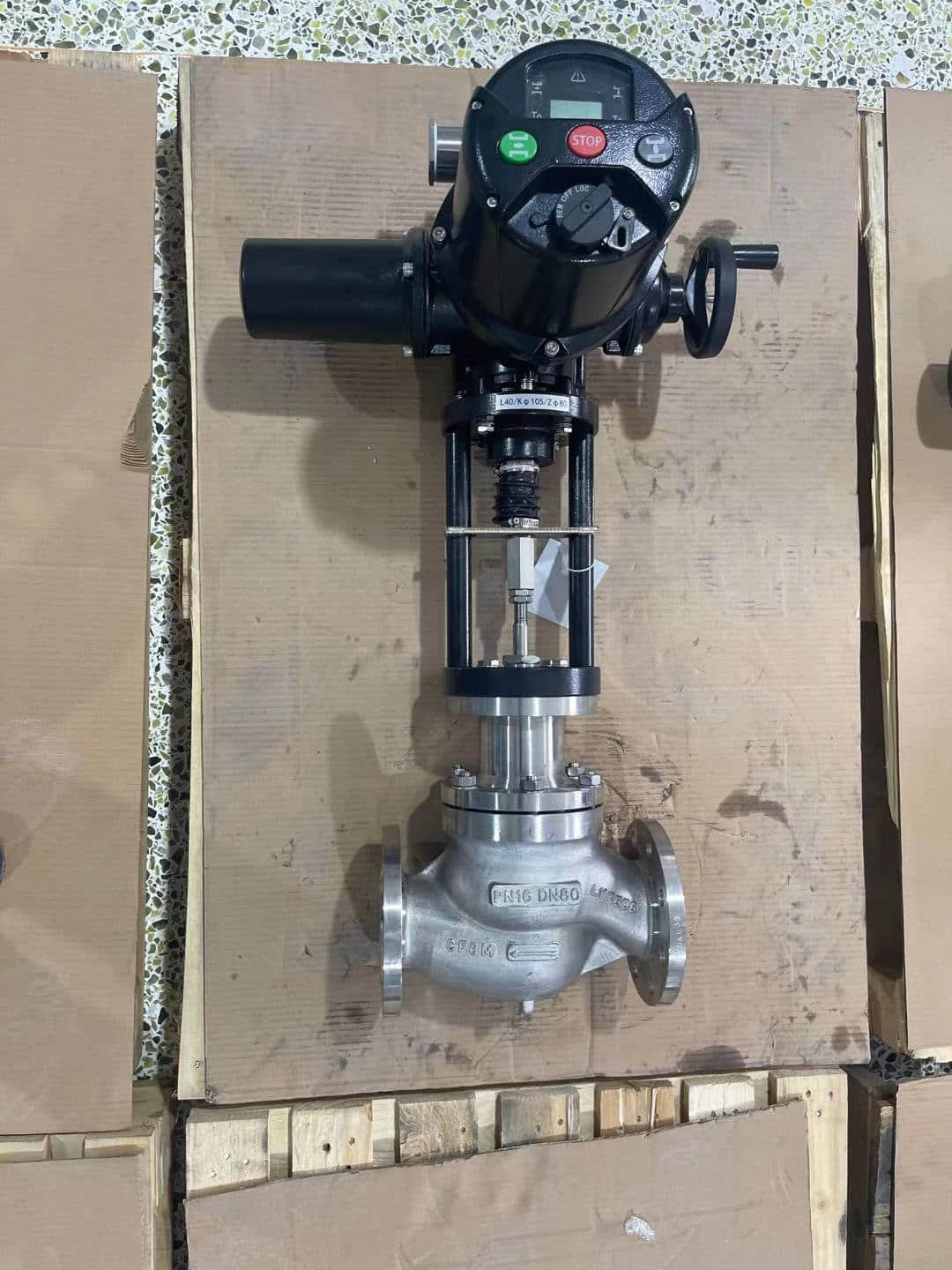understanding the electric two-seat regulating valve: functionality and applications
Release time:2024-09-25 19:02:10
In the world of industrial automation and fluid control systems, the Electric Two-Seat Regulating Valve stands out as a crucial component for maintaining optimal process conditions. These valves play an essential role in managing the flow of liquids and gases, ensuring that systems operate efficiently and safely. This article will explore the functionality, benefits, and applications of electric two-seat regulating valves, providing insights into their importance in various industries.

What is an Electric Two-Seat Regulating Valve? An electric two-seat regulating valve is a type of control valve that features two seats, allowing it to effectively manage flow rates in both directions. Unlike traditional valves that may rely solely on mechanical means, electric two-seat regulating valves are actuated electronically, providing precise control over the opening and closing of the valve. This design makes them particularly effective for applications requiring fine-tuning of flow rates and pressure.
The two-seat configuration typically consists of a valve body, two seats, a stem, and an actuator. The actuator, which can be either a motor or a solenoid, converts electrical signals into mechanical movement, enabling the valve to adjust its position in real-time. This capability allows for better responsiveness to changes in process conditions compared to manual or pneumatic valves.

